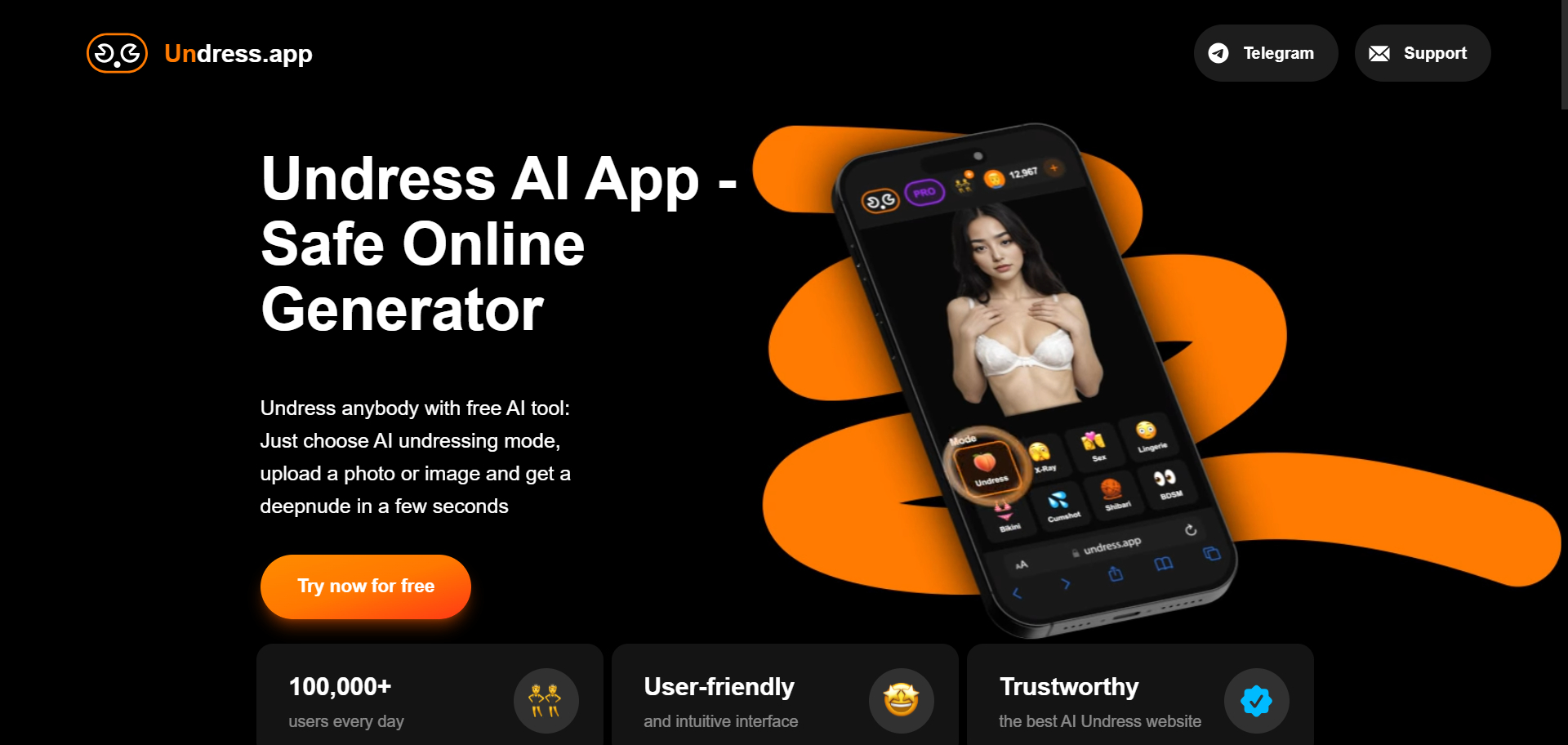Dressed And Undressed Teens
⬇️⬇️⬇️TRY BEST AI UNSRESSER FOR FREE⬇️⬇️⬇️
Understanding the Contrast: Dressed and Undressed Teens in Modern Society
The concept of being "dressed" or "undressed" carries more weight than just clothing choices. In modern society, especially among teenagers, these terms reflect personal expression, cultural norms, peer influence, and psychological development. The way teens choose to present themselves — whether modestly dressed or more revealingly — often mirrors their evolving identity, confidence levels, and societal pressures.
In this article, we will explore the differences between dressed and undressed teens, how these choices affect their lives, and why understanding both sides is essential for parents, educators, and teens themselves.
Try For Free
The Meaning Behind Being Dressed
Being "dressed" typically refers to wearing clothing that covers most of the body and adheres to traditional or conservative standards. For many teens, dressing modestly can stem from family values, religious beliefs, or personal comfort. It can also be a reflection of self-respect, maturity, and a desire to avoid unwanted attention.
Modest dress doesn't necessarily equate to outdated fashion or lack of style. Many teens who dress conservatively still keep up with trends by choosing stylish yet appropriate outfits. This group often feels empowered by their ability to express themselves without relying on physical exposure.
Try For Free
What Does It Mean to Be Undressed?
On the other hand, being "undressed" refers to wearing clothing that reveals more skin — such as short skirts, crop tops, tank tops, or low-cut shirts. For some teens, this choice reflects confidence, individuality, or a desire to fit into certain social circles. Fashion trends, media influence, and peer behavior play significant roles in shaping these preferences.
However, it's important not to judge teens solely based on their appearance. While some may wear revealing clothes simply because they feel comfortable and expressive doing so, others might be influenced by external pressures like social media validation or peer approval.
Try For Free
Social Influences and Media Impact
Social media platforms like Instagram, TikTok, and Snapchat have dramatically changed how teens perceive beauty, fashion, and self-worth. Influencers and celebrities often set the tone for what’s considered fashionable, sometimes promoting more revealing styles as symbols of empowerment or attractiveness.
This constant exposure can blur the lines between personal choice and societal expectation. Some teens may feel pressured to conform to these ideals to gain likes, followers, or acceptance from their peers. Others may embrace these trends as a form of rebellion or self-expression.
It's crucial for parents and educators to engage in open conversations about media literacy and self-image. Helping teens understand that digital content is often curated and edited can empower them to make healthier decisions about their own style and self-presentation.
Try For Free
Psychological Effects of Dressing Choices
Clothing plays a significant role in shaping how individuals feel about themselves. Studies have shown that the way someone dresses can influence their mood, confidence, and even cognitive performance — a phenomenon known as "enclothed cognition."
Teens who dress modestly may experience a sense of control and discipline, while those who dress more freely might feel liberated and bold. However, there's also a risk of negative consequences if teens base their self-worth too heavily on appearance or external validation.
Both groups can face challenges: dressed teens might feel left out or judged for not following trends, while undressed teens could encounter criticism, objectification, or inappropriate attention. Navigating these pressures requires emotional resilience and support from trusted adults.
Try For Free
Cultural and Familial Expectations
Cultural background significantly influences how teens approach dressing. In many cultures, modesty is highly valued, especially for teenage girls. These expectations are often passed down through generations and reinforced by religious teachings or community norms.
Conversely, in more liberal societies, teens are generally given more freedom to explore different styles. Still, even within these environments, there can be unspoken rules or expectations based on school policies, parental views, or regional customs.
Families play a pivotal role in shaping a teen's perspective on dress. Open communication and mutual respect can help bridge generational gaps and foster healthy decision-making regarding personal appearance.
Try For Free
Encouraging Healthy Self-Expression
Regardless of whether a teen chooses to be dressed or undressed, the key is encouraging healthy self-expression rooted in confidence and authenticity. Teens should feel free to explore their identities without fear of judgment or shame.
Parents and educators can support this journey by:
- Modeling respectful attitudes toward all forms of dress.
- Engaging in non-judgmental conversations about fashion and identity.
- Promoting media literacy and critical thinking around beauty standards.
- Creating safe spaces where teens can discuss insecurities and pressures.
By fostering an environment of understanding and acceptance, we empower teens to make informed, confident choices about how they present themselves to the world.
Conclusion: Embracing Diversity in Teen Expression
There is no one-size-fits-all answer when it comes to how teens should dress. Both dressed and undressed choices come with their own set of motivations, benefits, and challenges. What matters most is that teens feel supported in expressing who they truly are, without compromising their safety, dignity, or self-respect.
As society continues to evolve, so too must our understanding of youth culture and personal expression. By embracing diversity in how teens choose to dress, we take a step toward building a more inclusive and compassionate world.
Try For Free
